The countdown to the dissolution of the six state assemblies is just weeks away. The campaigning has started, with hateful racialised rhetoric and personal attacks ratcheting up.
The actual election is two months away, yet Malaysia is already in election mode.
The six simultaneous state elections are a first for Malaysia – a mega collective state election, out of the timing of a Parliament election yet bigger than individual state polls.
Most would already say it will be status quo with the incumbent coalitions keeping control of their respective states, but they are not looking carefully at the competitive contests across all six polls.
This election is not just about who wins state governments but how different parties perform, and perceptions of their performance. Given the number of simultaneous state polls, views of the results will inevitably spill over into national politics.
Overconfidence in the potential outcome has not changed. No question that there will be surprises and, for some, unexpected defeats.
The focus of this piece is on how electoral dynamics in upcoming mega state polls are different from previous recent elections, including the 15th general election (GE15).
Different type of contest: Two-cornered, saliency local concerns
First of all, the election will in all likelihood be primarily two-cornered fights rather than the three-cornered contests of the last two elections.
While the potential for additional parties to contest is there, especially as smaller parties are being bullied and excluded from seats, two-cornered contests mean coalitions will need to secure a larger share of the vote to win.
The implications of this are two-fold. Parties will need to garner support across different communities in ethnically mixed seats on the west coast of Malaysia and win over support across different social classes in all six states.
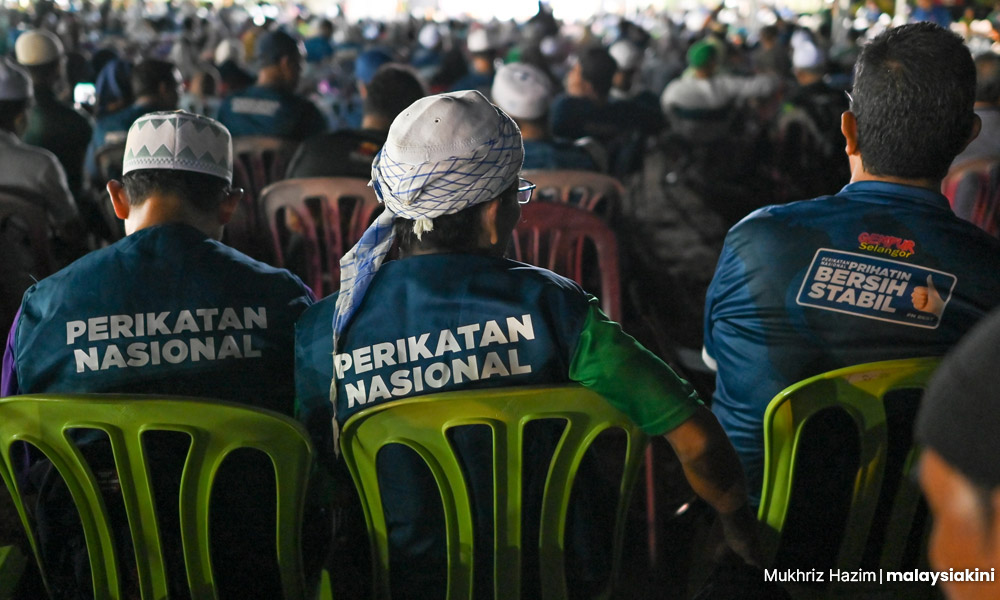
For Perikatan Nasional (PN), the challenge is to win over those it has not received significant support from, especially along the west coast.
For Prime Minister Anwar Ibrahim’s almost seven-month government that has focused its outreach on those who did not support it, the questions will be on how real any gains are and whether its base of support, which has largely been taken for granted, stays with them.
Another dimension here is that parties will need to win support from where they have traditionally not received support - from Pakatan Harapan supporters for Umno in particular and for PN, from Umno supporters, who, as was shown in GE15, are increasingly moving in their direction.
The impact is that the coming state polls will push voters out of traditional partisan loyalties.
Second, state contests are usually more local than national. This mega state poll has already been touted as a national ‘referendum’ – a framing that PN, in particular, has pushed, with its focus on the Malay vote.
Yet, this framing is not quite right. State polls involve the calibre of state leadership, local issues, and more personalised representation in local constituencies. After all, it is the state assemblypersons who are supposed to address concerns about local infrastructure and concerns in the community.
In state contests, the personality of the individual candidate is often more important, especially in more rural and semi-rural areas.
To date, questions are already being asked about the performance of chief ministers. With the attention to the jurisdiction of state governments, there will be a greater focus on land development, highway construction, and (mis)management of the environment.
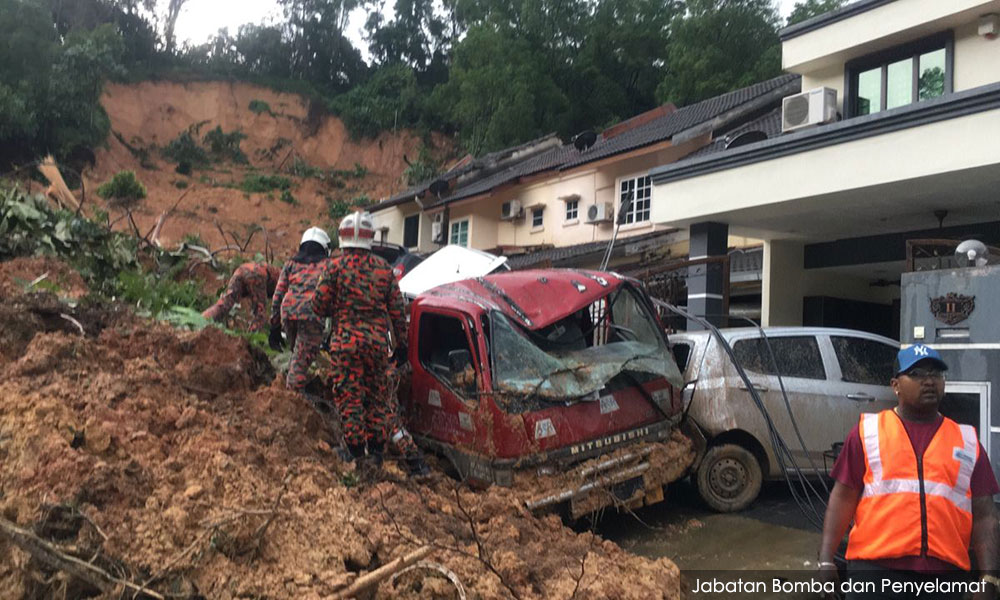
This juxtaposition of local and national issues will make for the need for a multi-layered campaign and varied local conversations. In Penang and Selangor in particular, concerns about local development will be more prominent.
Ultimately, the results will be interpreted nationally, but on the ground, local concerns will also resonate.
Differences from new coalition dynamics: New pies to divide
The differences in the coming state polls are also a product of the unique political conditions, new alliances, and new demands of voters post-GE15.
This election returns Malaysia back to a pre-election coalition campaign, with Umno/BN allied with Harapan facing off against PN.
Yet Anwar’s frenemy alliance is not one that voters are used to and involves significant challenges internally as well as in engaging voters.
One reason seat negotiations for Anwar’s government are more difficult than that of PN, for example, is that for parties in government, the pie is shrinking, with fewer seats for more parties.
While the starting point is to allow incumbent parties to hold onto their seats, this may not necessarily be the best choice electorally; nevertheless, incumbency rather than winnability is the agreed practice, with parties working to add on and swap as best they can. Each party is still focused on their fortunes rather than the bigger picture.
Smaller parties are being largely left out of the negotiations as PKR and Umno are seen to be taking most seats. MIC is set to defend its only seat in Negeri Sembilan, Jeram Padang. It remains unclear whether MCA or Muda will get any seats at all.
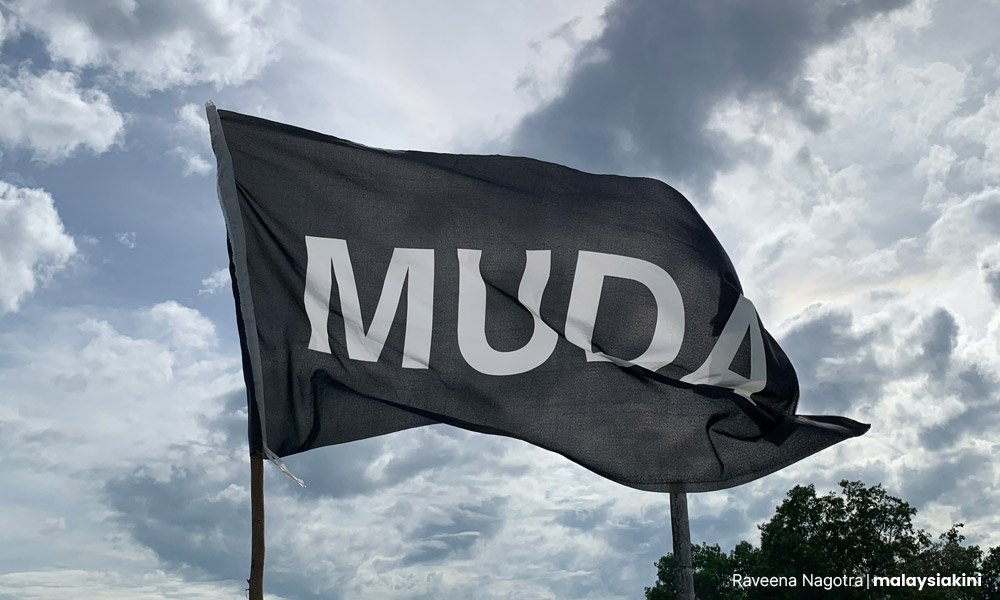
What will be tested in this poll is whether Anwar’s government genuinely values unity in how it manages the expectations of political parties. The ‘unity’ government still grapples with what this means in practice.
PN, for its part, faces the problem of managing ambitions. More seats to contest often brings out more contenders believing they can win. Here is where the balance between PAS and Bersatu has changed.
Bersatu brought more to the table in GE15 than is the case this election, where its resource advantage has been dented (with accounts frozen) and its lack of grassroots is more evident in the localised campaigning.
While PN grassroots see the legal charges against their coalition chairperson Muhyiddin Yassin as political persecution, he has become part of the ‘court cluster’.
While seat allocations may appear more ‘settled’ among the two main PN parties, how this works on the ground will be quite another matter once official campaigning starts.
Cross-over vote: Bridging wide divides
Coupled with managing alliances, there is the challenge of winning support for the different parties in the respective coalitions.
Despite imbalances in strength, PAS and Bersatu have managed to convince voters supporting each party to ‘cross over’, to support the other party in the alliance.
The main parties in PN, PAS and Bersatu, have a shared ethno-nationalist Malay ideology and common purpose to get back into power, fuelled further by charges against its leaders.
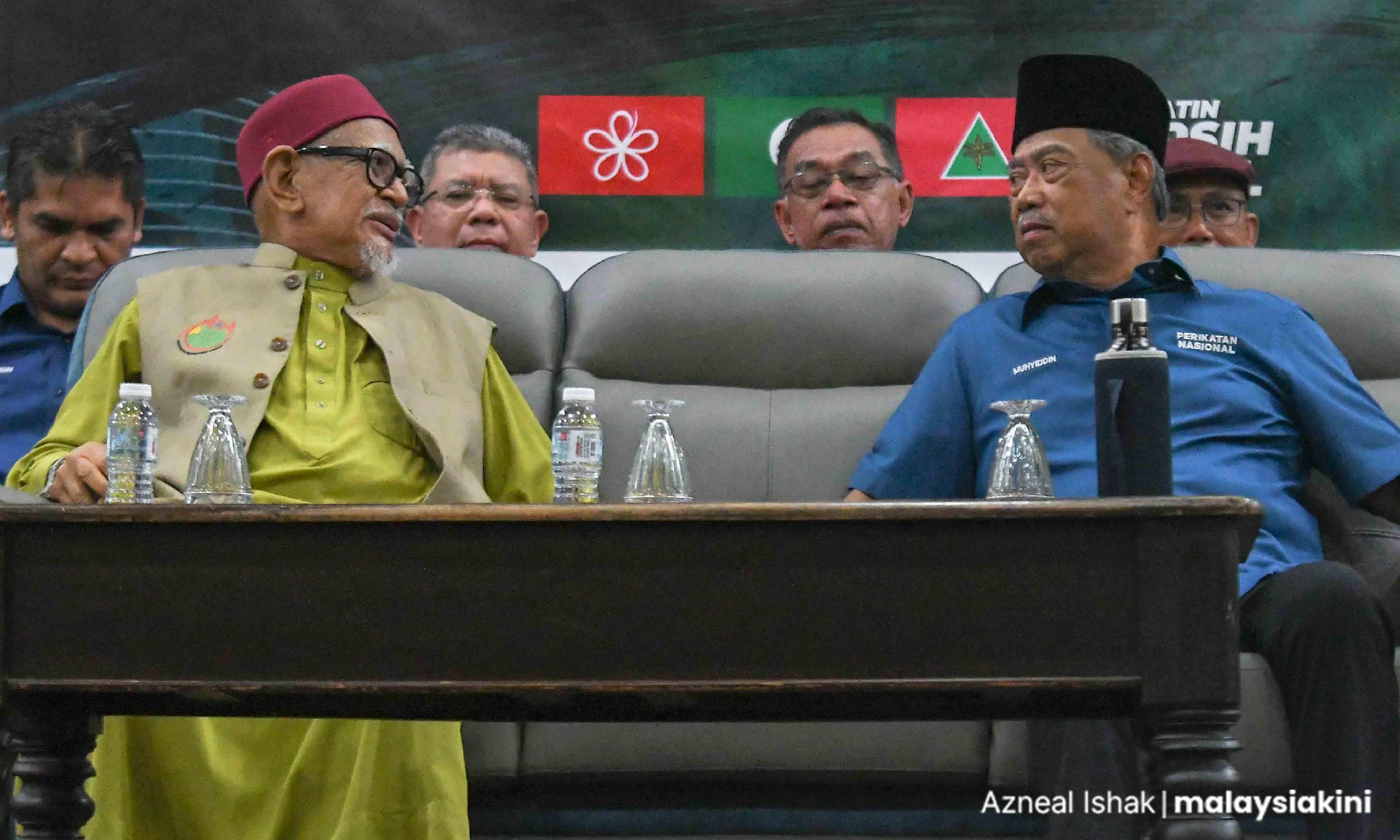
Gerakan is also part of PN, but it has no independent base of support to bring to the coalition. It symbolises a weak role for non-Malays. For PN supporters, there are a few barriers to voting across parties.
Voting for different parties in coalitions has long been common. BN had long managed to do in the past. Pakatan Rakyat and Harapan were similarly able to encourage voting across allied parties. They did this with a common purpose to defeat Umno, which is now the party Anwar’s government is allied with.
Now, Anwar’s government is expecting its supporters to vote for the earlier political ‘enemy’, to transfer their support to those they traditionally opposed. Already there is discussion of Umno support (or lack thereof) for DAP, and ‘orders’ for Harapan supporters to vote for Umno.
Of the two parties garnering the most attention, Umno needs more cross-over support than DAP. Where the issue of cross-over support will especially matter is in PKR, Amanah, and Umno seats with a large number of Malay voters and those seats with a significant non-Malay share, above 10 percent.
This is a different time, when parties telling the public how to vote does not connect to the ‘just follow’ culture of the past. This is especially the case among traditional Harapan supporters who have long been more critical citizens, expecting more from the government. Many voters may just stay home rather than vote for the party or coalition they long opposed.
Differences in mega state election campaign
The issue of turnout remains critical for the coming polls. It is always decisive and especially so in state elections. It is not about the level of turnout, but the composition of whose supporters turn out. Here weakened party machinery will be tested.
Compared to GE15, there are noticeably fewer resources for the mega state election campaign. This is affecting all of the parties and will shape the mobilisation effort.
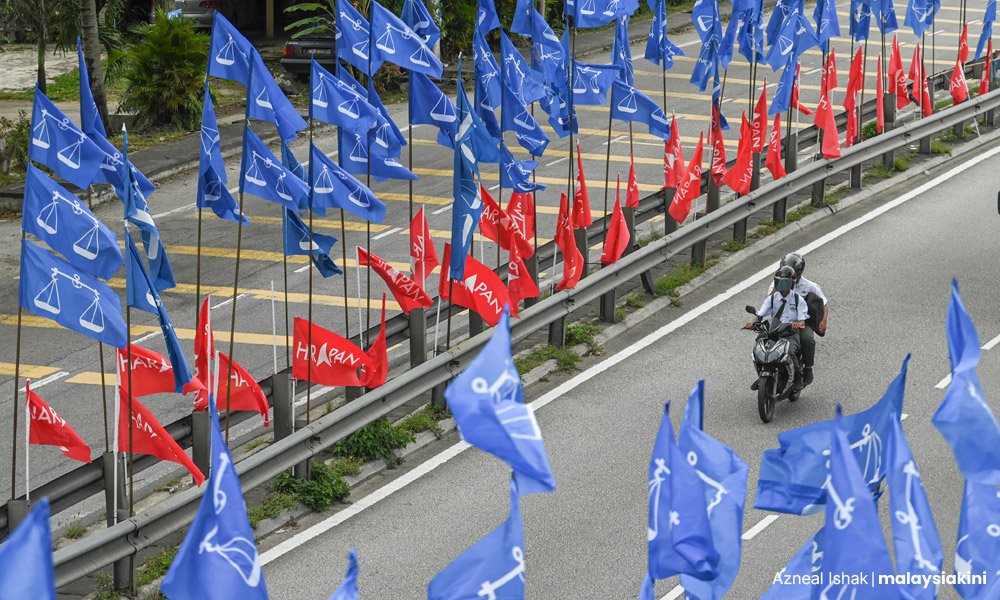
Funders of campaigns are also less willing to support parties and coalitions given greater scrutiny of campaign donations and persistent challenges economically, exacerbated by the weaker currency. Usually, elections are periods where funds return back to Malaysia, and this has yet to happen.
As such, campaigns will rely heavily on other means to mobilise voters. As was common in GE15, identity politics dominates political discourse. What already distinguishes this election campaign, however, is the ‘normalisation’ of intense racial hatred in campaign rhetoric.
That the tenor of hatred has already reached such a divisive level before the official state campaign period raises serious concerns about the impact of the elections on the fabric of Malaysian society.
The country was deeply polarised in GE15, and this form of campaigning aims to further divide the country. Despite calls from the royalty to avoid these issues, PN, in particular, is relying on religion and race, coupled with disinformation, to stir emotions, to bring voters out and to their side.
The campaign is increasingly becoming a contest in social media rather than one on the ground.
The reliance on race and religion reflects a failure to address concrete issues and to move the campaign toward policy discussions and positive forces that strengthen the nation; it also speaks to an inability of the current government to change the narrative into something else – at least so far.
From the type of contest, to the impact of new alliances and the campaigning, the coming state polls differ from GE15.
Fundamentally, parties are relying on traditional party loyalty at a time when these loyalties are changing and being asked to change. They are also being asked to change loyalties when old narratives of race and religion are still used to mobilise them in an even more heightened form.
The biggest unknown difference of the mega state polls, however, is whether these elections will actually shape the future of the national government. This was not the case in recent state polls of Sabah, Malacca, and Johor. De facto state outcomes do not matter for the numbers in the federal government.
Yet, recent history has shown that this is a new (and still uncertain) time for political alliances in Malaysia and that pre-election coalitions can in fact transform after results come in.
It will, however, take a significant swing in voting, ironically along the lines of GE15, to make this happen. - Mkini
BRIDGET WELSH is an honorary research associate of the University of Nottingham, Malaysia’s Asia Research Institute (Unari). She is also a senior research associate at the Hu Fu Centre for East Asia Democratic Studies and a senior associate fellow of The Habibie Centre. Her writings can be found at bridgetwelsh.com.
The views expressed here are those of the author/contributor and do not necessarily represent the views of MMKtT.




No comments:
Post a Comment
Note: Only a member of this blog may post a comment.